The signal level is checked twice for every bit time, both initially and in the middle.
The signal is changing at those times, so we actually need to check 1/4 into the bit time, and 3/4 into the bit time.
Compared to a NRZ code, which only needs to be checked half way through the bit time, that's twice as often.
Conventionally, we talk about a clock being used to either generate the edges, or check the levels. In practice, actual hardware will often use a clock signal that is many multiples of that, certainly on the receive side, to handle its offset with the bit clock on the data line.
The two main reasons for using Manchester Encoding, which embeds the clock signal in the data like that, are that without any further line coding -
- it has zero DC, so can be sent through a transformer
- the receiver can use a robust clock recovery scheme
The tradeoff is twice as many transitions on the line.
Other modulations can be made to have zero DC, but at the expense of coding the data somehow. For clock recovery, NRZ data might limit the maximum run length of 1's or 0's.
Manchester tends to be used where transitions are cheap (low bit rate), reliability is important (aircraft busses like 1553) and the technology is old (and simple). Ethernet will go through transformers, but is a rather newer standard.
edit - thanks to fectin in comments below. Another advantage of Manchester coding is where the data rate is not standardised, and can even be variable during the word, like a manually-swiped card in a reader. Embedding the clock transition in every single bit makes it possible to extract the clock, even with a rapidly varying clock rate that could defeat RZ modulation types.
